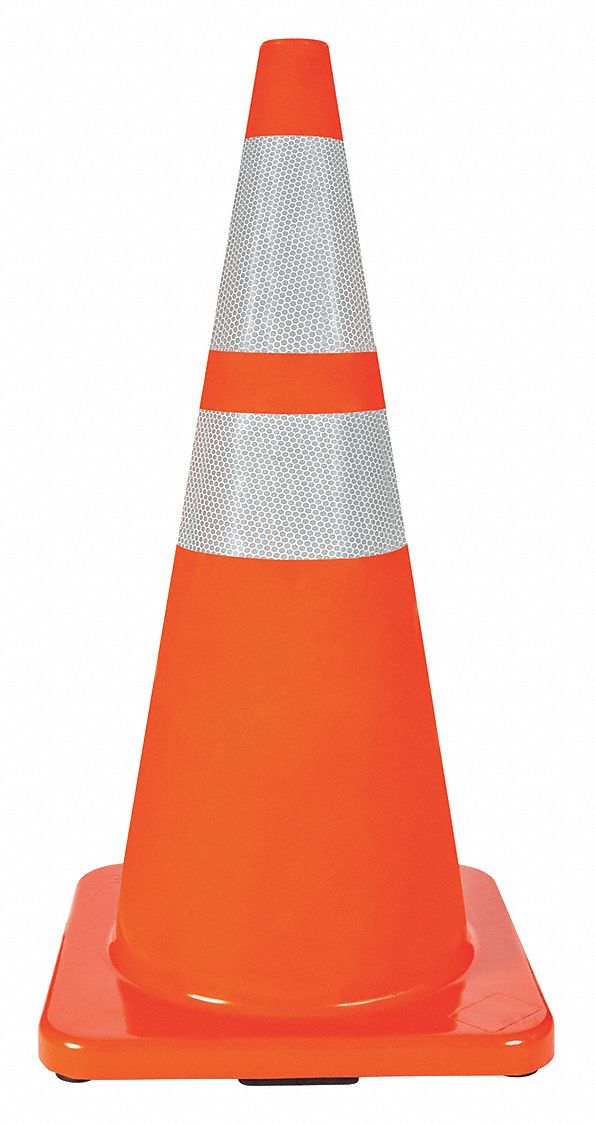At Colorado Safety Supply Company we pride ourselves in making sure that we are proving the correct safety information we can to those who visit our website as well as our customers. In the front range of Colorado and in the Metro area of Denver, Governor Polis just signed a big deal of 5 billion dollars for more road construction. With more road construction means more traffic and more impatient drivers not paying attention and potentially more accidents that could happen on the streets or the highway.
Colorado Safety Supply offers an assortment of products ranging from orange flags and pennants, stop signs, delineators and bases, crowd control devices, first aid kits and orange triangles for roadside and traffic safety. The importance of being seen is a big one for any road crew or construction crew working on roads that need repaired or highways getting built like the I70 expansion. We have put togethere a list of helpful tips for road crew and construction safety.
The following are some tips for keeping your workers safe on highway construction projects:
- Develop and implement a traffic control plan to direct motorists around work zones, allowing sufficient time and advance notice for merges and lane changes.
- Use clear signage, signals, and message boards to communicate instructions to drivers traveling near work zones.
- Provide high-visibility clothing and hard hats to flaggers, and make sure they stand in a safe, well-lighted location where they can be easily seen by motorists.
- Whenever possible, use physical barriers to separate workers from traffic.
- Consider using alternative traffic management systems instead of flaggers, such as portable traffic signals or remote signaling devices, particularly in hazardous conditions like inclement weather, night work, and high traffic speeds.
- Refer to the Manual on Uniform Traffic Control Devices (MUTCD) for standards on traffic control devices, signs, flagging garments, barricades, and other protective measures for workers in road construction zones. OSHA has incorporated the MUTCD by reference into its construction standards for signs, signals, and barricades, found at 29 CFR 1926.200-203.
- Establish safe routes for workers traveling on foot, both within the work zone to protect them from construction vehicles and equipment, and in and out of the work zone to protect them from traffic hazards.
- Train all workers in highway construction zones on the hazards they are exposed to and applicable safe work practices. This should include:
- Specific training for flaggers on signaling methods;
- Training for all workers on construction vehicle routes, visibility limits, and blind spots;
- Training for equipment operators and signal persons on hand signals used on the worksite; and
- Training for all workers in the ways in which shiftwork and night work may affect their performance.















